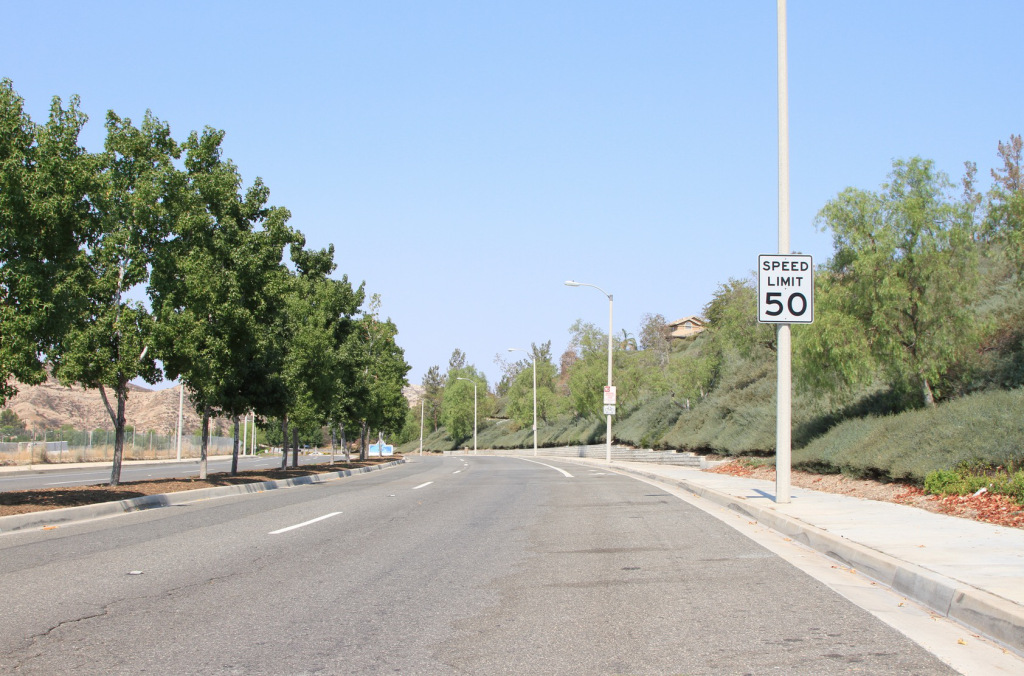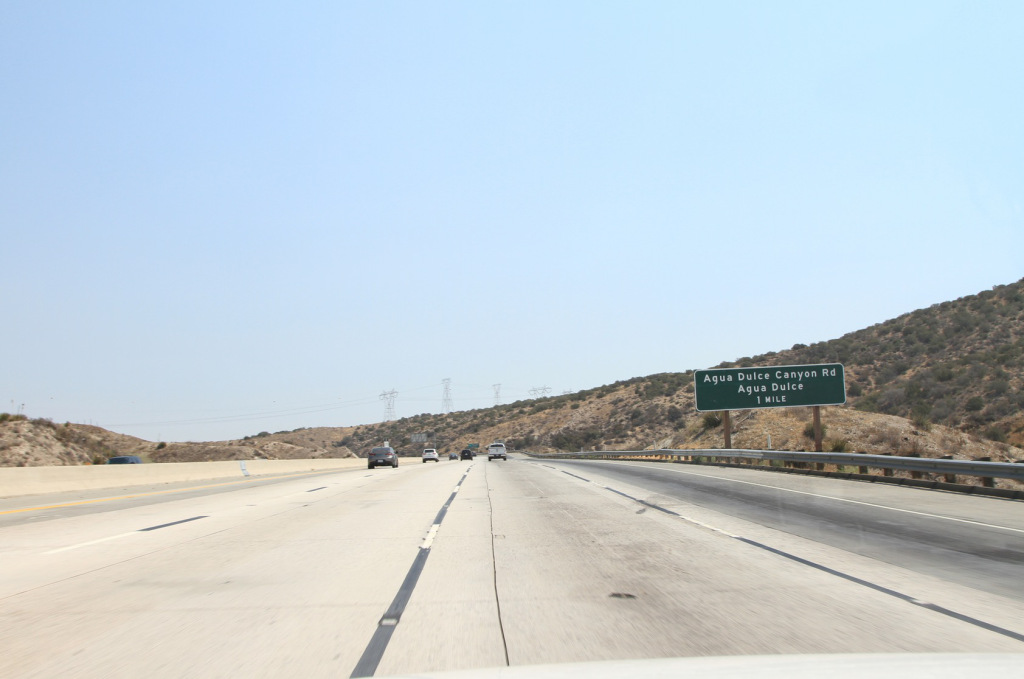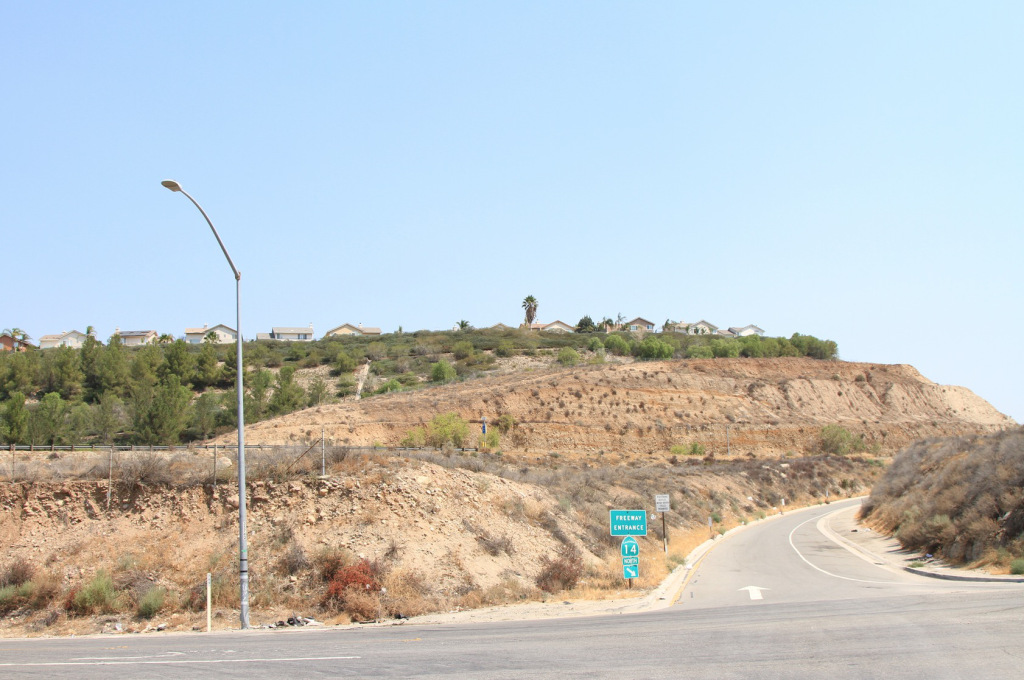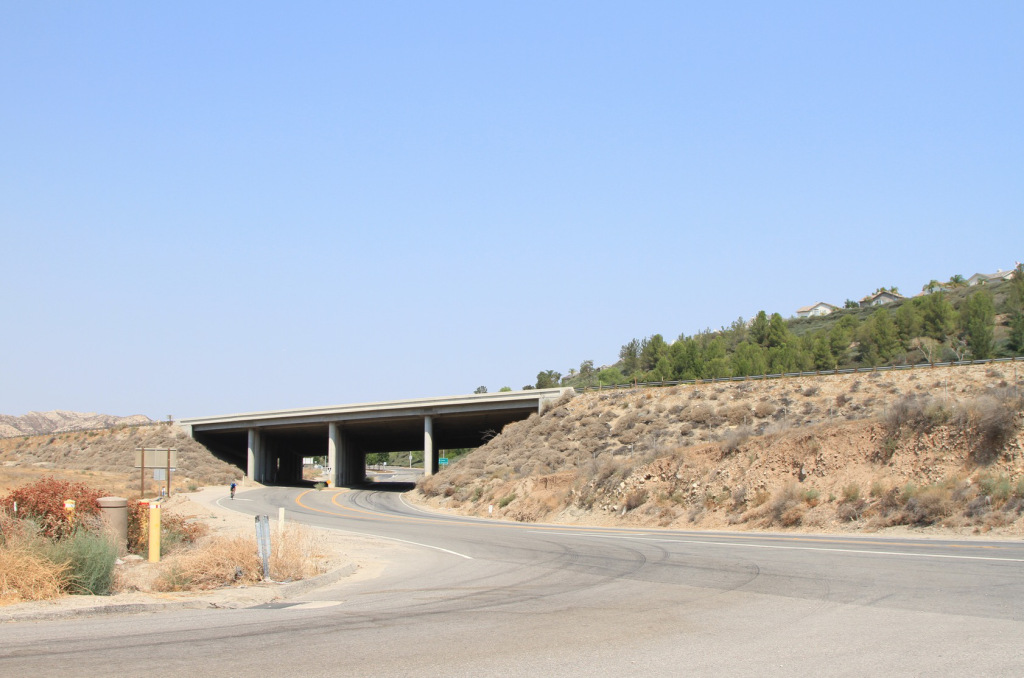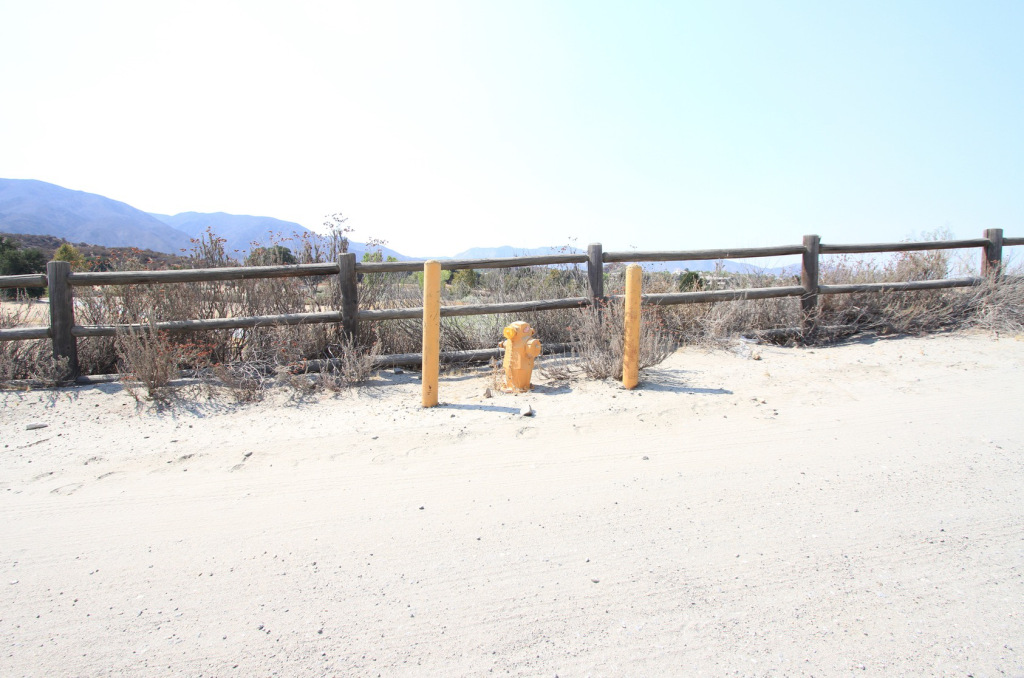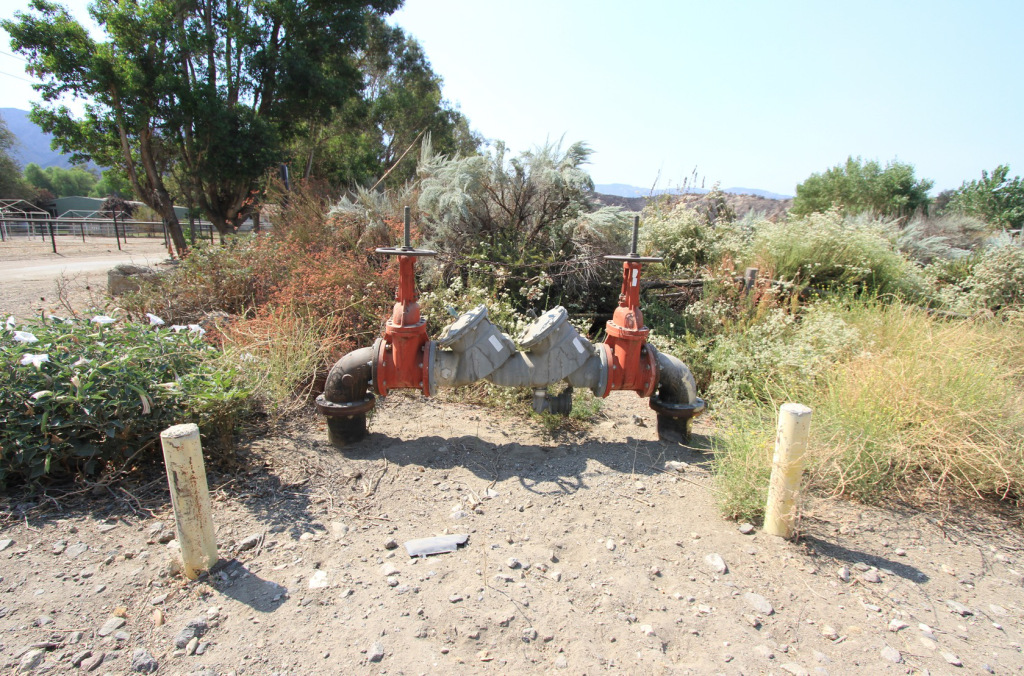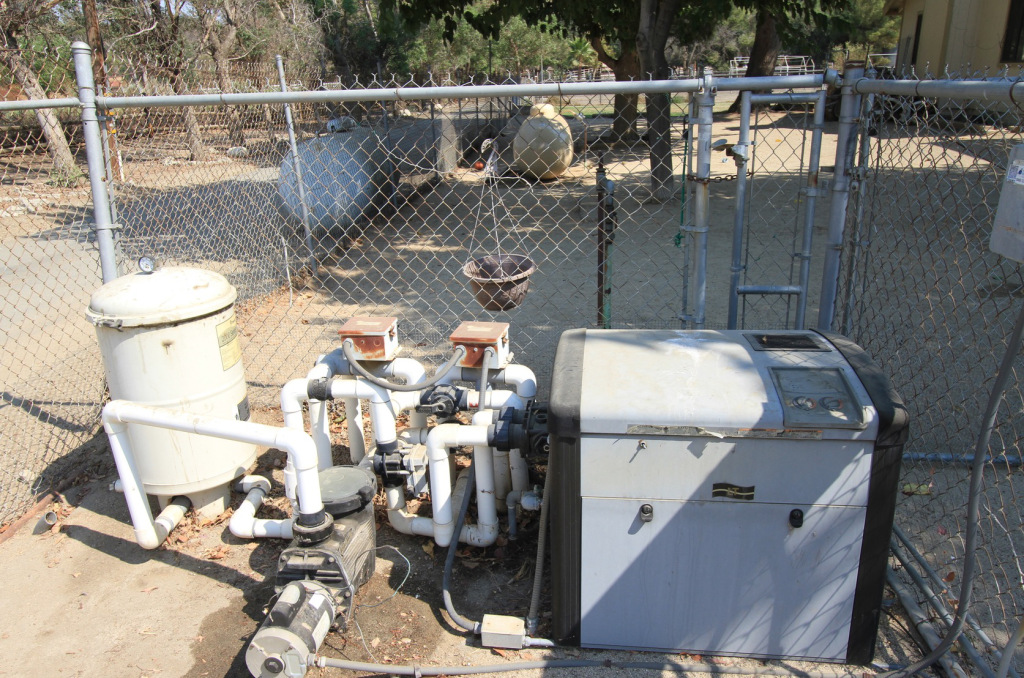A Thousand Hidden Subsidies
Here’s the American Dream. If you can pull together $700,000 you can live large in a beautiful home like one of these. Three car garage. Great room. Massive kitchen. Formal dining room. Four or five bedrooms. Three or four baths. A front lawn. A swimming pool. An exclusive public school district. Privacy. A secure enclave far from big city problems.
Let’s pull back a bit and get a sense of context. These homes exist in a part of Los Angeles County that’s really far from the city. It’s even far from other far flung suburbs. It’s not just far horizontally. It’s far vertically. This subdivision is so remote that there aren’t any commercial buildings of any kind for several miles. That’s by intentional design. The people who choose to live here self-select for a particular lifestyle.
How much do you think the federal, state, county, and municipal governments spend to maintain the roads up to these homes? How about the water pipes? The sewer system? How about mail delivery? Police and fire protection? Schools? How much do you think it costs per capita to keep these homes supplied with reliable 24/7 electricity and piped natural gas?
That’s a huge amount of super expensive infrastructure for a sprinkling of homes out in the sticks – or in this case, the rocks. There’s an assumption that these are prosperous residents who pay property tax, income tax, sales tax, and utility bills. But when you add it all up, the people of this community don’t come close to paying for the basic infrastructure they depend on. How can I be so sure?
Directly across the canyon on the other side of the freeway there’s a large subdivision that was developed in a slightly different way. The homes are equally large and the residents just as wealthy. But the responsibility of installing and maintaining the infrastructure falls on the property owners themselves, not any government agency.
I spoke with several locals and got various versions of the same story. Everyone would love to have paved roads to their homes, but whenever the HOA convenes the cost is off the charts. We’re talking millions of dollars for simple two lane paved roads. People burn through shock absorbers and tires pretty fast driving on gravel roads like these, but the expense of bringing the roads up to a suburban standard is unacceptable. And there’s no one else to foot the bill except the people in the room during the HOA meetings.
I asked about the water supply. The residents get their water from the same supply as most homes in the Los Angeles area, but the government pipe stops at the edge of the development. From that point on the HOA is responsible for getting water to individual homes. They pipe it. They pump it. They store it. They deal with their own sewerage. That costs real money. So when it comes time to upgrade the system people tend to keep things simple. They do the basics, but vote down anything extravagant. What you might call “extravagant” depends to a great extent on who’s actually writing the check.
I happened to be chatting with one resident while a crew replaced an aging propane tank. If the people here want a gas stove, gas heat, or a gas water heater they need to provide for their own fuel and infrastructure out-of-pocket. That’s a lot more expensive than paying a monthly gas bill to the regional utility company that magically maintains a million miles of invisible pipes.
The mail is delivered at the end of the paved county road. That’s as far as the authorities will go and that’s about the right distance for the residents to travel to get letters and packages. It’s how the “last mile” economic compromise has been resolved.
In the end this is a self selecting population who value a rural lifestyle and are willing to make necessary adjustments along the way. The lack of city services is inconvenient, but it helps to filter out the riffraff who can’t adjust to the reality of living in canyon country. I respect these people far more than the folks across the freeway who believe they’re entitled to a city level of service while someone else absorbs the cost. Does anyone think the folks in the $700,000 suburban homes would be living there in anything like their current circumstances if they had to pave their own roads and pump water up to their own homes? Does anyone believe these homes would be worth $700,000 without the heavily subsidized public infrastructure?
So where exactly is all this public money coming from to prop up the nice subdivisions that can’t possibly ever pay for themselves? Here’s a good place to start looking.
(All photos by Johnny Sanphillippo)






